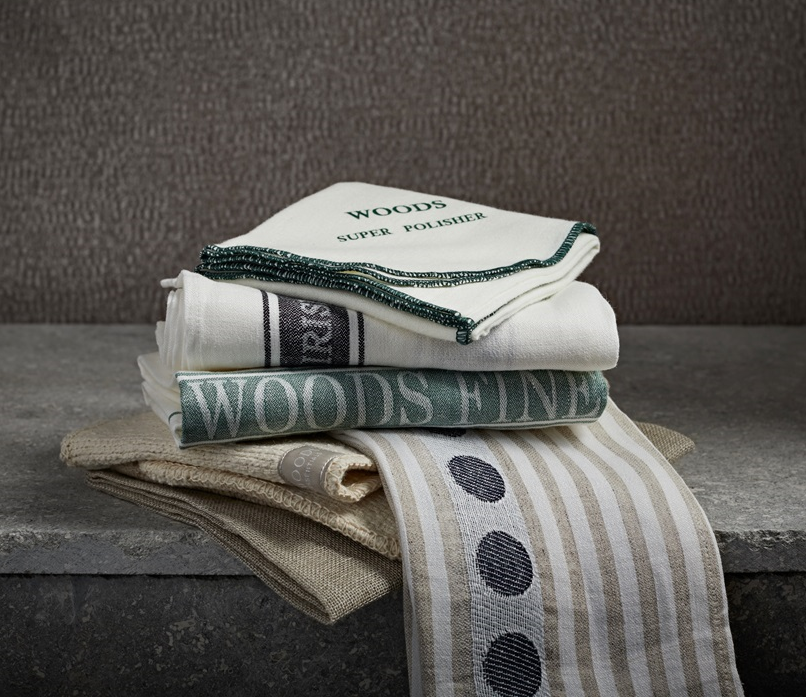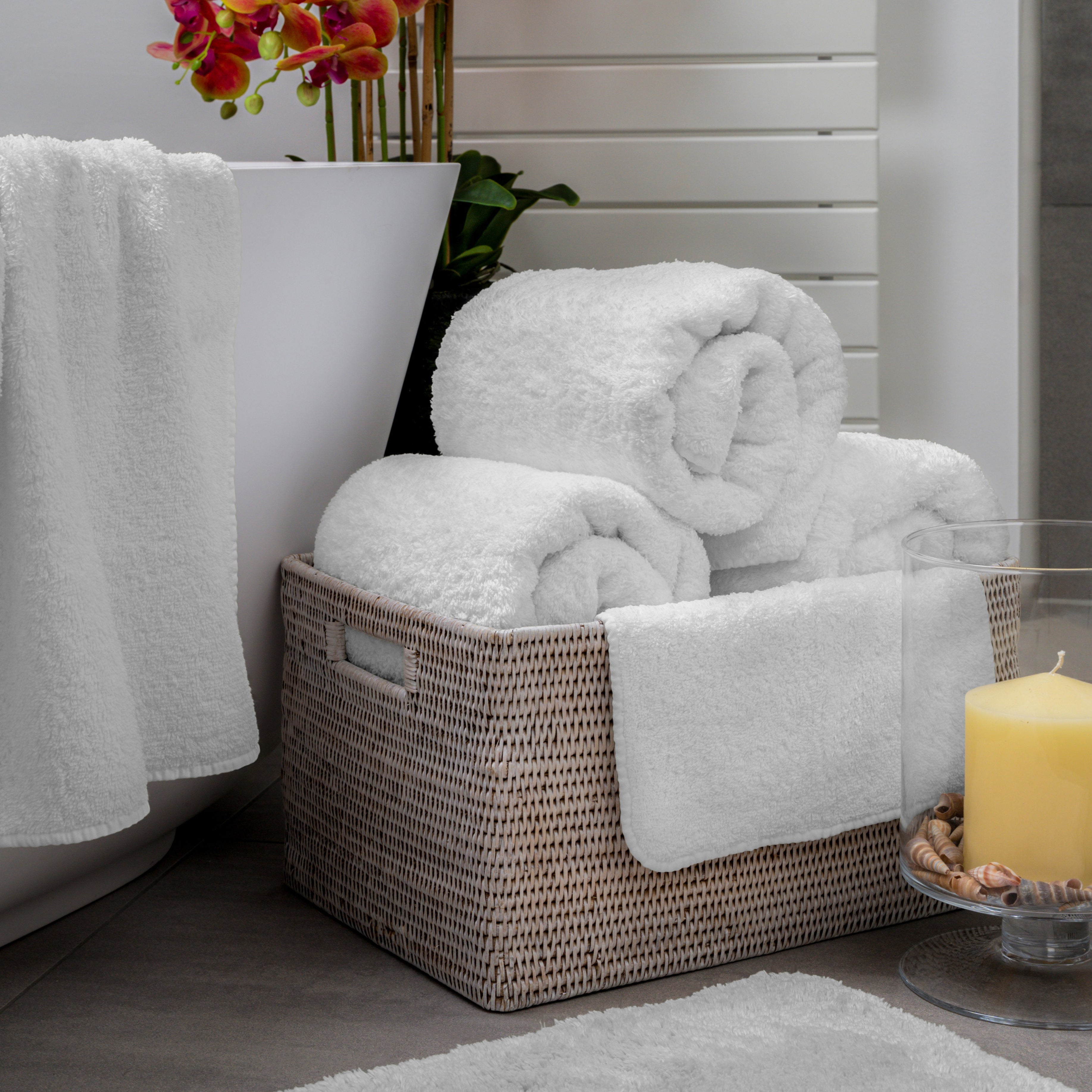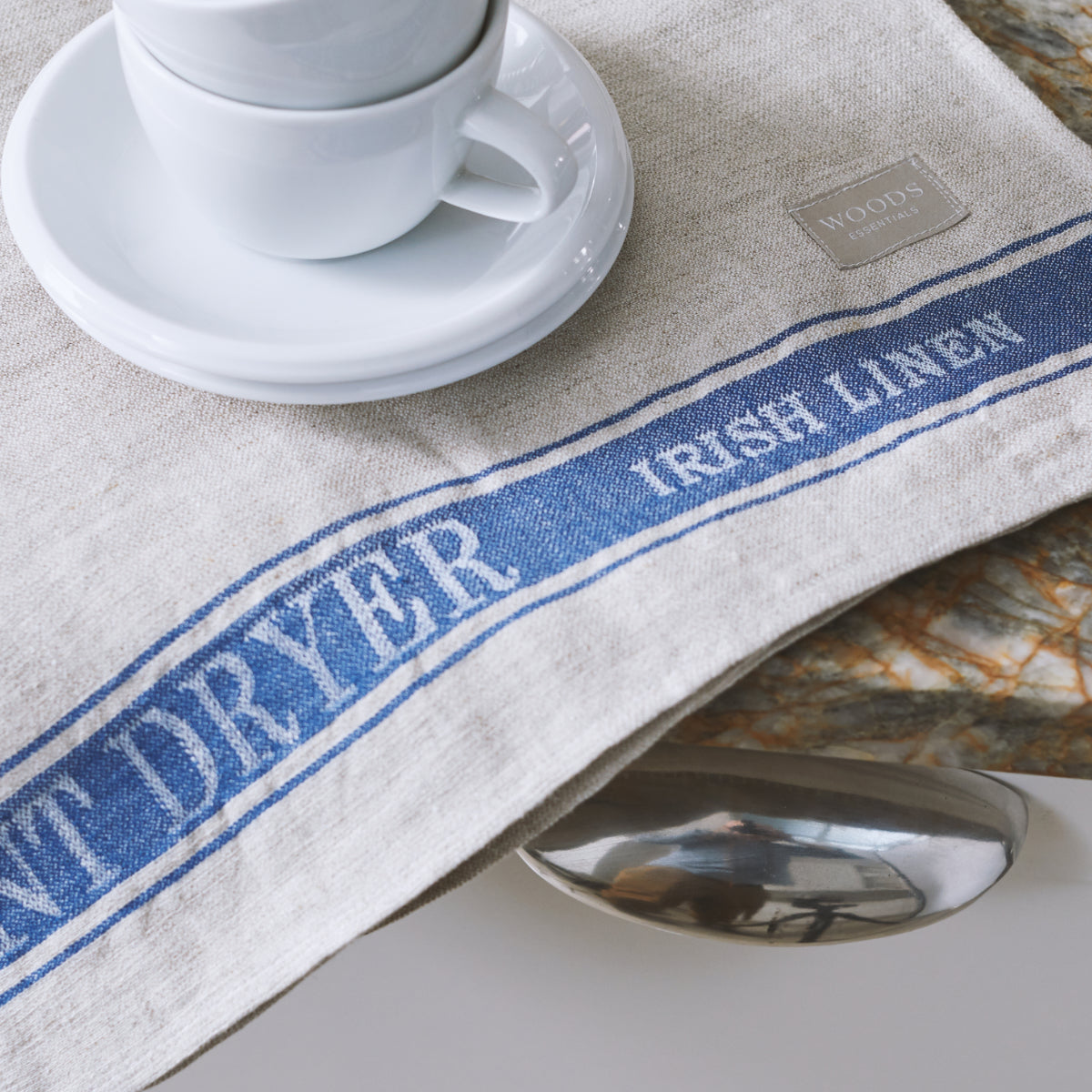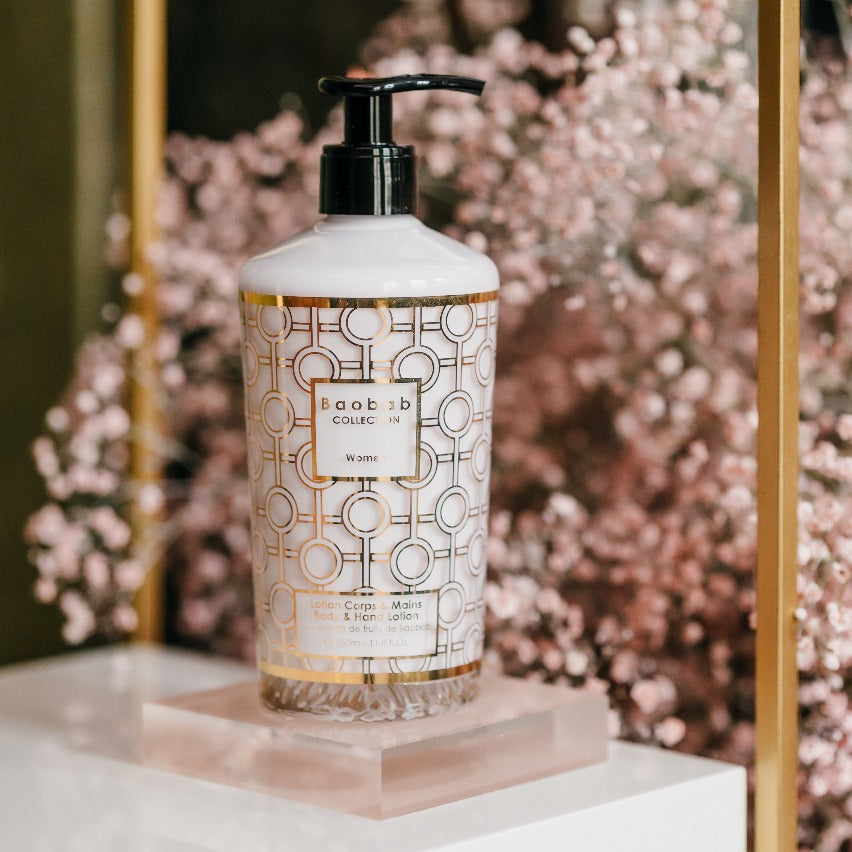
Allergy Friendly Bed Sheets for a Clearer Night’s Sleep
Introduction
If mornings feel stuffy or your skin is unsettled, your sheets may be part of the problem. Dust mites thrive in warm, humid environments and can leave allergen behind that irritates sensitive sleepers. Fabrics that breathe, weaves that do not trap particles, and a simple washing rhythm can make a noticeable difference.
Begin with a smooth base from our fitted sheets and build a coordinated set from the wider bed linen collection, chosen for comfort, breathability and elegant finish.

1. Choose fibres that breathe
Natural fibres support airflow and dry quickly after washing. That helps keep the sleep surface fresh and reduces conditions that allow dust mites to build up.
-
Cotton percale feels cool and crisp, ideal for warm sleepers.
-
Cotton sateen feels smooth and slightly warmer while remaining breathable.
-
Pure linen offers relaxed texture and excellent moisture management across the seasons.
Synthetic blends can trap heat and retain moisture. For the clearest night’s sleep, choose 100 percent natural fibres where possible.
2. Weave and finish matter
A close, even weave such as percale creates a smooth surface that is easy to launder and less likely to hold dust and skin cells. Look for well finished edges and consistent stitching so fabric washes cleanly and lasts well. Avoid heavy surface coatings that promise wrinkle resistance at the expense of breathability.
3. Washing routines that help most
Consistent care is as important as the fabric itself.
-
Wash weekly, and up to 60 °C if the care label allows, to remove dust mite allergen effectively.
-
Use a gentle liquid detergent and consider an extra rinse to reduce residue on sensitive skin.
-
Line dry where possible for a fresh finish. If you use a dryer, choose a low, gentle cycle.
-
Store each set folded inside one of its pillowcases so it stays clean and ready.
For pieces that stand up gracefully to frequent laundering, explore our pillowcases and coordinated duvet covers.
4. Keep the bedroom environment clear
Simple habits support allergy friendly bedding.
-
Air the bed for a few minutes each morning before making it.
-
Dust and vacuum regularly, including the headboard and under the bed.
-
Use a breathable mattress protector and pillow protectors and wash them every few weeks.
-
Keep indoor humidity moderate and allow fresh air to circulate when weather permits.
These small steps reduce irritants and help your sheets do their best work.
5. When to refresh or replace
Even the finest sheets soften and thin over time. Replace when hems fray, corners relax, or a clean wash no longer feels crisp. Rotate sets evenly so each rests between uses and maintains its shape. When you are ready to refresh, choose from our refined bed linen range for consistent quality and fit.

Conclusion
Allergy friendly sheets are not a single fabric or a quick fix. They are the result of breathable natural fibres, a thoughtful weave, and a simple weekly routine that keeps the bed clean and calm. With a few changes you can wake clearer and sleep more comfortably, without losing the quiet elegance that defines your bedroom.
For personal guidance and early previews of limited releases, join the Heritage Partnership.
















